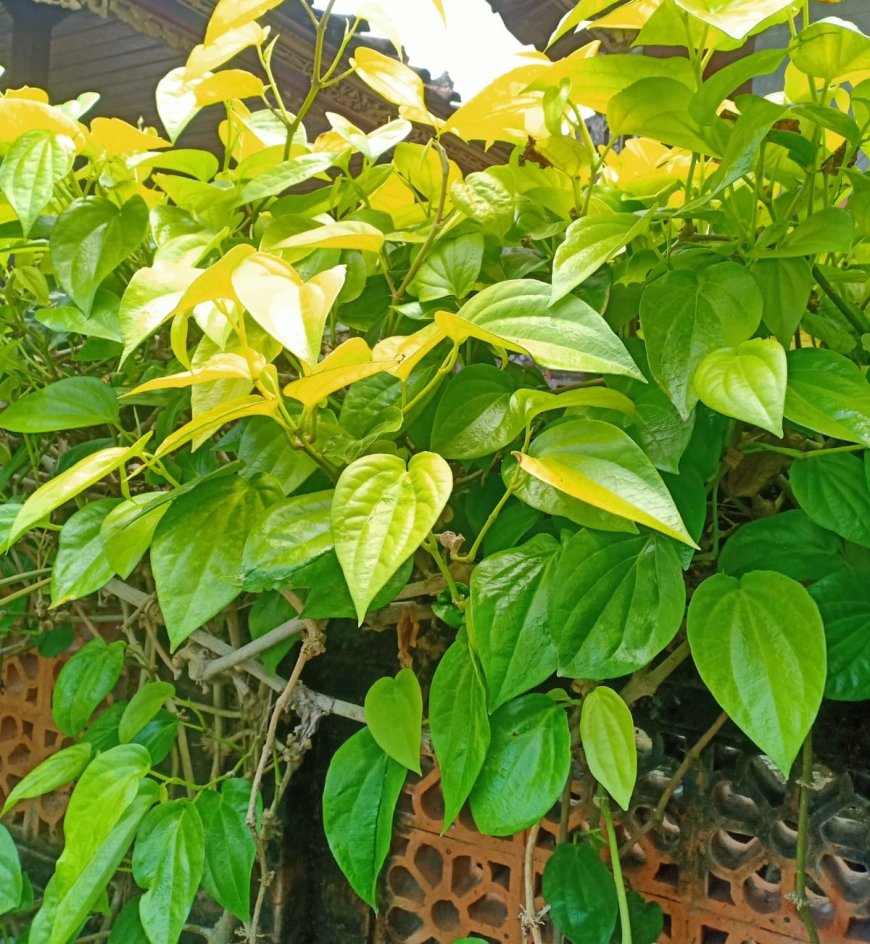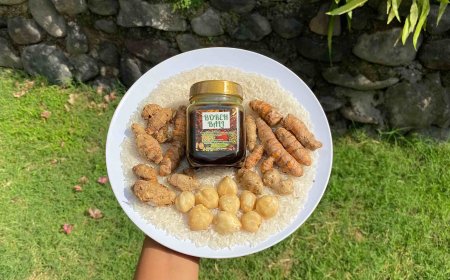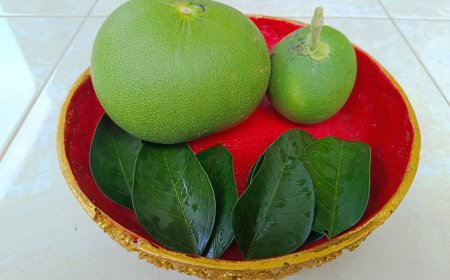Use of Betel Leaves in Balinese Usadha
Bali is an island that has unique and diverse culture and traditions. One of them is Usadha, the science of traditional Balinese medicine which has been used for generations. This traditional medicine has an important role in Balinese culture and covers various aspects of health and healing. Betel leaves are one of the ingredients used by Usadha Bali.

Usadha is contained in a Lontar, namely Lontar Usada. Lontar Usada itself is an ancient manuscript originating from Indonesian literature and culture, especially Bali. Lontar Usada contains various aspects of traditional medicine, including the use of medicinal plants, mantras, and other healing practices used in traditional Balinese medicine.
The manuscript entitled "Lontar Usada Bali 2007" includes various titles representing various types of Usadha treatment. Some examples of Usadha treatment titles contained in the text are Usadha Buduh, Usadha Rare, Usadha Kacacar, Usadha Paneseh, Usadha Dalem, and Usadha Ila.
Betel leaves are leaves that come from the betel plant (Piper betle). This plant is generally found in various tropical and subtropical regions in Southeast Asia, including Indonesia, India and several other countries. Betel leaves have many roles in various cultures around the world. In Indonesia, betel leaves are used in various contexts, including traditional ceremonies, wedding traditions, and traditional medicine.
Betel leaves are often used in traditional medicine because of their properties which are considered beneficial for health. In addition, in many cultures, betel leaves are also used in body care and beauty practices. Betel leaves can be used in Usadha Bali. The following is an example of the use of betel leaves in various Balinese Usadha.
1. Usadha Buduh
Usadha Buduh Treatment is a way to treat people who have mental illnesses. According to Lontar Usada Bali, there are several types of mental illness with different characteristics. Each mental illness has different characteristics, which also influence how it is treated and the type of medication used.
One of the uses of betel leaves in Usadha is for insanity with the characteristics of liking to sleep and not feeling comfortable eating and drinking. The ingredients used are 7 betel leaves with the left and right veins meeting in the middle, 7 peppercorns, and salt. All mixed and drunk. The dregs are sprayed all over the body.
2. Usadha Rare
Usadha Rare Treatment is a treatment aimed at children. Usadha Rare provides an understanding of the recognition of diseases in children through traditional Balinese methods of diagnosis or tatenger, which are recorded in a Lontar. One of the uses of betel leaves in Usadha is for children whose bodies are warm and coughing. Dried betel leaves are one of the ingredients used, other ingredients are tritakuta, and disembark breast.
3. Usadha Kacacar
Usadha Kucacar is a guide to traditional smallpox treatment contained in the Balinese Usada Lontar manuscript. Usadha Kacacar is part of the traditional Balinese medicinal heritage used to treat smallpox. This Usadha is one of the many types of Usadha which includes various types of traditional medicine used by the Balinese people. In Lontar Usada's translation of cacacar, there are 75 types of medicine for smallpox symptoms with 100 types of treatment formulas using plants. Betel leaves are one of the ingredients used in treating smallpox.

Betel Leaves (Photo Source: Author's Collection)
Betel leaves can be an ingredient if the symptoms are smallpox if the stone breaks. The ingredients needed are old betel leaves, garlic bulbs, jangu stems, and Lombok vines. The way to use it is all by spraying it.
Even though the era of modern medicine has made rapid progress in the field of health, Balinese Usadha, including the use of betel leaves as an integral part of it, still plays a very important role in the life and culture of the Balinese people. Usadha Bali is not just a series of healing practices, but reflects a holistic philosophy that integrates various aspects of human life, including spiritual, mental and physical aspects in the healing process.
One of the things that makes Usadha Bali so special is its richness in combining hereditary knowledge that has been passed down for centuries with modern understanding of health and healing. This makes Usadha Bali a unique and powerful means for maintaining balance between body and soul.
The importance of preserving and developing knowledge about Usadha Bali, including a deep understanding of the benefits of betel leaves, cannot be ignored. This effort aims to preserve the valuable and deep cultural heritage, which is at the core of Bali's identity. More than just a tradition, Usadha Bali is a reflection of the Balinese people's perspective on their relationship with nature, the body and the spiritual world.
This preservation also serves as a bridge between modern medicine that continues to develop and traditional practices that have existed for centuries. This gives the Balinese people wider choices in caring for their health. By understanding and respecting both approaches, they can decide wisely which method is best suited to their needs.
Betel leaf, as one of the elements in Usadha Bali, is a real illustration of how traditional knowledge and natural medicine are still relevant in the rapidly changing modern era. Respecting and preserving this cultural heritage is a responsibility that must be carried out by the Balinese people and is also a source of inspiration for the world to maintain and respect valuable local wisdom.





























































